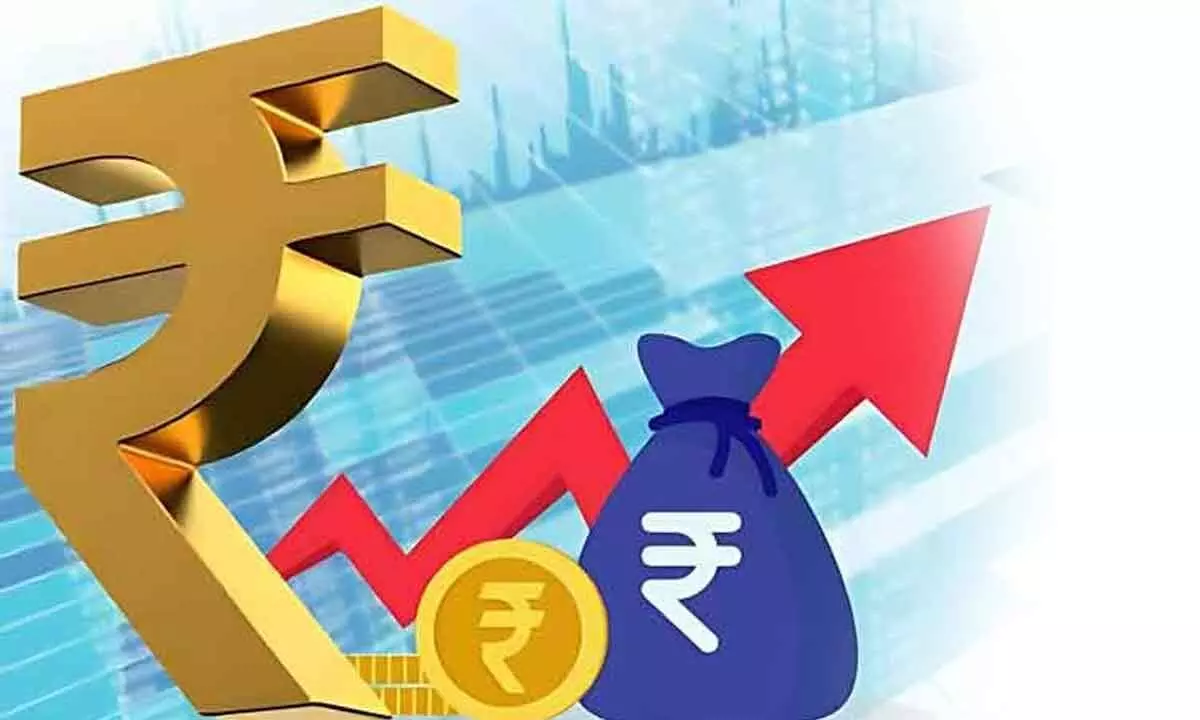Economy has the wherewithal to conquer all challenges now
Ensuring a sustainable growth remains a big challenge
image for illustrative purpose

A gargantuan population is obviously a factor to account for, but it cannot be summarily considered the reason why the per-capita GDP is not well-placed
A few weeks ago, media portals were abuzz with a magnificent achievement for India, as the country became the fifth largest economy in the world. This is no small feat, as even though the accomplishment is based on the size of the nominal GDP, the economy has battled the battering by Covid-19 alongside pre-existing difficulties. This is a moment of joy but as we articulate our pride and awe, this is also a suitable moment to self-assess. The path to India’s growth is rife with challenges and problems still lie in the face of growth and resilience. This merits a rigorous unpacking of the situation, as we take a fresh look at the economy while looking forward to further milestones.
First of all, as a considerable number of people have pointed out, the massive volume of the economy is in nominal cash terms. While the growth and the size of the economy is impressive, as India was outside the top ten in the world a decade ago, we still struggle to achieve imposing numbers in terms of per capita income. A gargantuan population is obviously a factor to account for, but it cannot be summarily considered the reason why the per-capita GDP is not well-placed. China, the world’s most populous country and the second largest economy in terms of nominal GDP, has a staggering figure of $14,096 as its per-capita income as against India’s $2,466, according to IMF data,
The other challenge is making the growth sustainable and on a related note, fighting poverty and unemployment.
The message sent across by business media houses and the RBI governor is loud and clear— India’s achievements are praiseworthy but we need changes on the real front as well, in terms of per-capita income, sustainable growth, employment and economic stability for the people.
Output from agriculture and industry needs to be increased, alongside a favourable foreign trade volume. Infrastructural advancement and the availability of better technology can help with the first concern.
Considering the second concern, since exports volumes have been falling, on account of first world markets dealing with recessionary conditions, we need to insentivise exports to ensure that the GDP growth remains on track. The labour force participation rate has to be aided through creation of full-time jobs, instead of people being compelled to look for work in gig economies all the time. Funding for startups has to be ensured from several sources, FDIs, to keep the Indian startup ecosystem thriving.
Speaking of sustainable growth, as the chief economist of IMF, Pierre-Olivier Gourinchas pointed out structural reforms to help human capital, health, education, digital literacy and access can help the economy sustain and increase its growth continuously.
India is certainly standing at a crucial juncture in its economic history, glimmering with a lot of promise. There is so much that the Indian economy has overcome and so much that it has accomplished and while a lot of goals await accomplishment, we shall definitely scale those peaks with the right mix of pride, vigilant self-appraisal and resilient effort.
(The author is Founder Upsurge Global, Venture Partner Silverneedle Ventures and Adjunct Professor EThames College)

